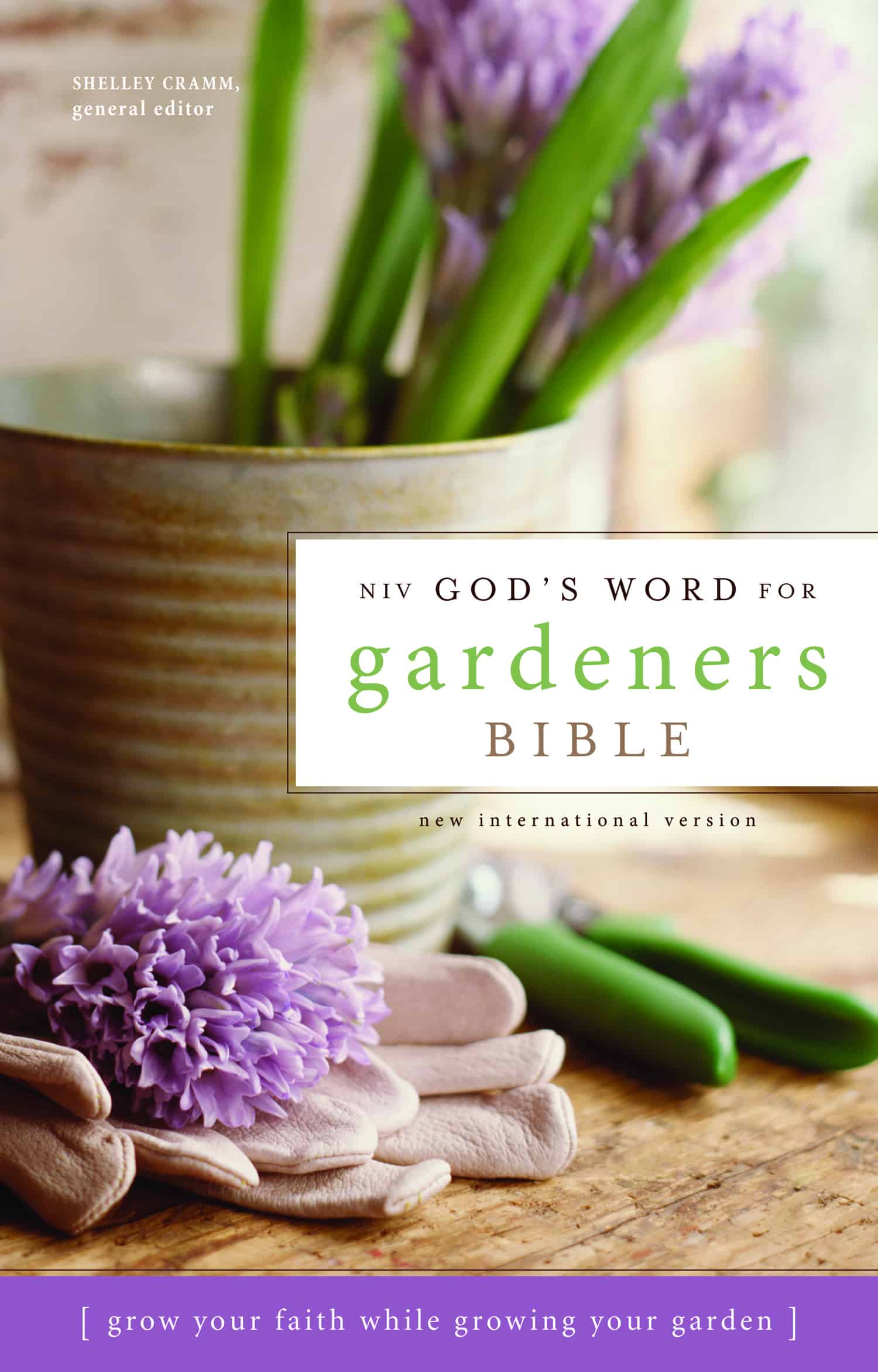Carob
Ceratonia siliqua
Fabaceae, Legume family


Then he went to work for one of the citizens of that country, who sent him into his fields to feed pigs. He longed to eat his fill from the carob pods the pigs were eating, but no one would give him any.
Luke 15:15-16 HCSB

Find carob in God’s Word for Gardeners Bible near Matthew 3 & as part of the Garden Stories theme of Pest and Pestilence, pages a-44

...[John's] food was locusts and wild honey. Then people from Jerusalem, all Judea, and all the vicinity of the Jordan were flocking to him, and they were baptized by him in the Jordan River as they confessed their sins.
Matthew 3:4-6 HCSB
Cultural Information
| Type | Edible Tree |
| Height | 30 to 50 feet |
| Soil | variety of soils, keep moist and well-drained |
| Exposure | full sun |
| Leaves | medium, bright green, rounded, 2" broad leaves lined in pairs along leaflet stem (even-pinnate); evergreen, slightly leathery texture |
| Flowers | short, plentiful, bottle-brush looking racemes, garrish, red to goldish-yellow, unpleasant scent, blooms fall and winter |
| Fruit | green, bean-like, fleshy carobs, about 8 inches long, turning dark brown at maturity; seeds encased by pods produced in uncannily uniform weight and size. Bears fruit beginning around its 6th year. |
Planting Tips
- Zone 9 hardiness; adapts well for a few years' growing in pots in colder climates
- relatively carefree tree; easy to grow from seed
- young trees will suffer frost damage, yet mature trees will better endure temperatures to the low 20s
- male and female flowers are on separate trees (dioecious); both are required for pod production, recommended one male per 25 females
- carobs are slow-growers
- tolerates intermittent drought years once established with little problem
- grows with a tap root; select deep pots (also wide for stability) for container growing
- trees are appreciated for their shade in the Levant region
Garden to Table
- carob trees are commonly called "St. John's Bread," "locust," "locust bean," or sometimes mis-indentified as the "honey locust" tree (also in Fabceae family)
- pods have been a traditional foodsource for livestock, giving them a humble association, though perfectly suitable for people to eat
- carob powder is a good substitute for cocoa powder, made from grinding up dried, de-seeded pods
- seeds are firm like popcorn kernals, not for eating
- carob is inherently sweet; adjust sugar quantities when adapting cocoa-powder recipes for cakes, brownies, hot chocolate, etc.
- carob pods are caffeine-free
More Research
See Blog Posts on CarobThough this tree is not named for the ominous insect [locust] in Hebrew or Greek languages, its English association to the locust brightens our hope that perhaps John did not descend to such a lowly and distasteful situation as to eat a crunchy, dreadful diet of locusts [Matthew 3:4], instead eating the humble pods of the carob tree, which are about the same size and common in the Judean desert and Jordan river regions.
-from the NIV God's Word for Gardeners Bible

...[John's] food was locusts and wild honey. Then people from Jerusalem, all Judea, and all the vicinity of the Jordan were flocking to him, and they were baptized by him in the Jordan River as they confessed their sins.
Matthew 3:4-6 HCSB
Photo Credits
©2016 Shelley S. Cramm Carob tree in a neighborhood parkway in Southern California
©2016 Shelley S. Cramm Dried carob pods, with one split open to reveal their precisely formed seeds
©2016 Shelley S. Cramm Mature carob trees at the Wrigley Memorial & Botanical Garden, Catalina Island, CA


 Madonna Lily
Madonna Lily